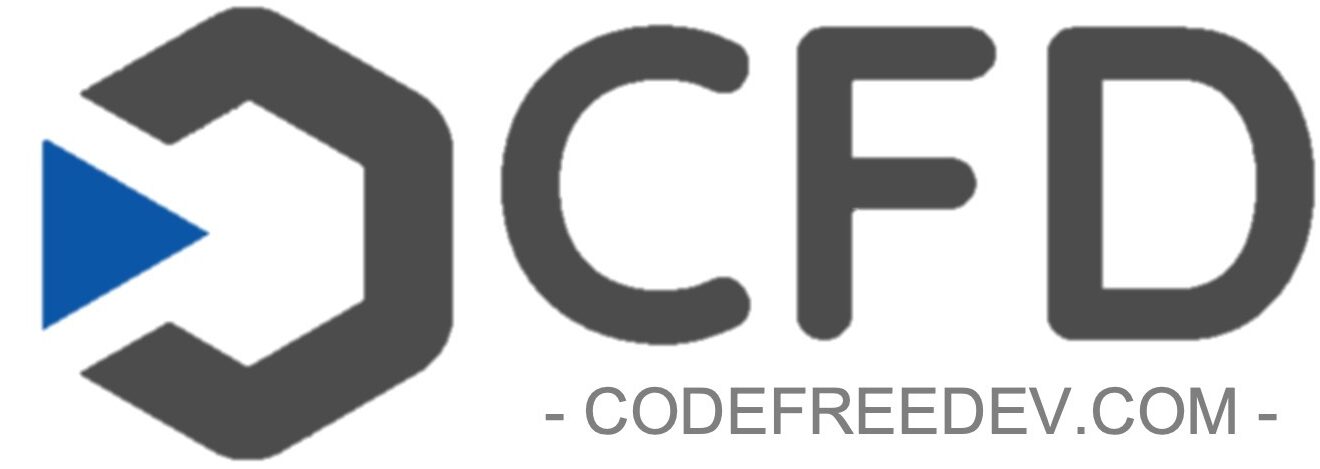Introduction
A strong portfolio is essential for any no-code developer looking to showcase their skills and secure new projects. In this article, we’ll explore best practices for creating a no-code developer portfolio that stands out from the competition. We’ll cover the importance of selecting the right projects, how to present your work effectively, and ways to demonstrate your expertise in no-code development tools.
1. Curating the Right Projects
When it comes to building your no-code developer portfolio, it’s essential to choose projects that showcase your skills and expertise. Select a diverse range of projects that demonstrate your proficiency in various no-code development tools and platforms. Include personal projects, freelance work, and any collaborations you’ve been a part of. Remember, quality over quantity – focus on your best work that highlights your unique talents and versatility.
Consider including a mix of website designs, mobile apps, and even automation workflows, demonstrating your ability to tackle different challenges in the no-code development space. Highlight the specific no-code tools you used for each project, such as Webflow, Bubble, or Zapier, to showcase your proficiency in these platforms.
2. Clear and Engaging Project Descriptions
Effective communication is key in presenting your no-code developer portfolio. Each project should have a clear and engaging description that highlights the project’s purpose, your role, and the no-code development tools you used. Describe the problem you were trying to solve or the goals you aimed to achieve.
Additionally, include any relevant metrics, such as user engagement, conversion rates, or time saved through automation. This will help potential clients understand the value you bring to projects and how your no-code development skills can make a real impact on their business.
3. Visually Appealing Presentation
A visually appealing portfolio is crucial for capturing the attention of potential clients. Use high-quality screenshots, images, or even short video clips to showcase your work. Choose a clean and modern layout for your portfolio, ensuring that it’s easy to navigate and displays your projects in an organized manner.
Consider using a no-code tool like Webflow or Carrd to create your portfolio, demonstrating your expertise in the very tools you’re promoting. This will not only showcase your technical skills but also provide a cohesive user experience for potential clients.
4. Include Testimonials and Case Studies
Incorporate testimonials from satisfied clients and collaborators to boost your portfolio’s credibility. Reach out to past clients or team members and ask them to provide a brief statement about their experience working with you and the results you helped them achieve.
Additionally, consider creating case studies for your most successful projects. These in-depth analyses should outline the project’s objectives, your approach, the no-code tools you used, and the results achieved. By providing this level of detail, you’ll give potential clients a better understanding of your problem-solving skills and the value you bring to the table.
5. Highlight Your Expertise in No-Code Development Tools
Your portfolio should emphasize your expertise in various no-code development tools. In addition to mentioning the tools used in each project, consider creating a dedicated section that highlights your skills and certifications in platforms like Webflow, Bubble, and Zapier.
Include any relevant courses or workshops you’ve attended and any online certifications you’ve earned. This will help establish your credibility as a no-code developer and demonstrate your commitment to staying current in the rapidly evolving no-code landscape.
6. Keep Your Portfolio Updated
An up-to-date portfolio is essential for attracting new clients and showcasing your most recent work. Make a point to update your portfolio regularly, adding new projects and updating descriptions as needed. This will help you stay relevant and demonstrate your growth as a no-code developer.
Conclusion
By following these best practices, you can create a compelling no-code developer portfolio that showcases your skills, expertise, and versatility. Remember to curate the right projects, provide clear and engaging descriptions, present your work visually, include testimonials and case studies, highlight your expertise in no-code development tools, and keep your portfolio updated. With a well-crafted portfolio, you’ll be well on your way to attracting new clients and growing your no-code development career.
- Learn To Create No-Code Database-Driven Applications - June 1, 2023
- Common Mistakes in No-Code Development - May 31, 2023
- Learn No-Code Development for Free - May 27, 2023

